Kinh Ha Temple (Ha Tinh City) was built in the early Nguyen Dynasty to worship the Snake God as the village's tutelary god. This is an ancient belief of agricultural residents associated with the worship of the Snake God with the wish for favorable weather and wind.
On the occasion of the spring of At Ty 2025, when the Tet atmosphere is everywhere, Ha Tinh people together turn to traditional cultural and spiritual values. Among the famous historical and cultural relics of this land, Kinh Ha temple in Thach Hung ward, Ha Tinh city is a shining testament to history, spirituality, and unique folk culture.
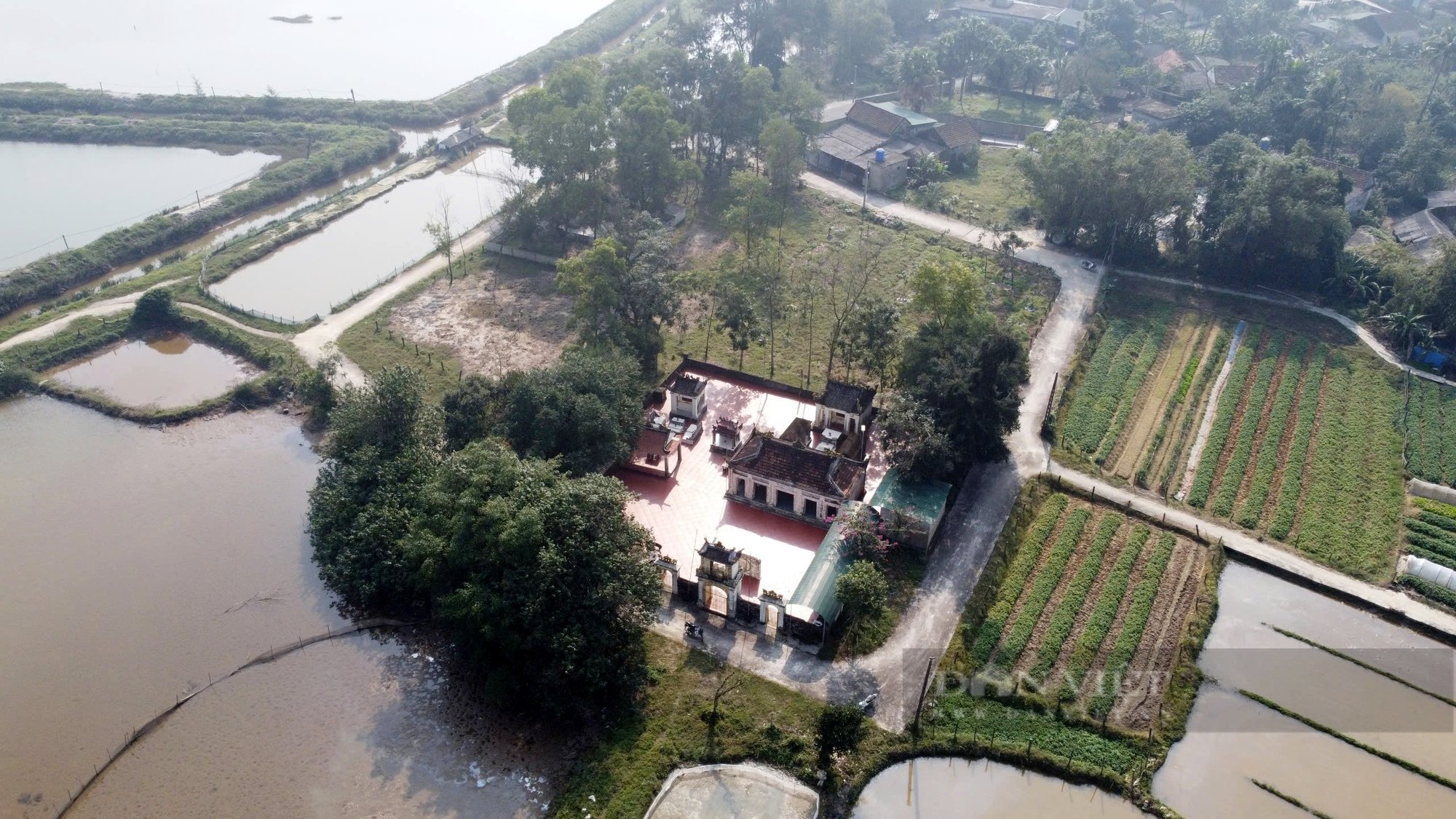
Kinh Ha Temple relic, Ha Tinh city is one of the ancient, beautiful and sacred temples of the ancient Ha Tinh land with the custom of worshiping the Snake God as the village's tutelary god. Photo: PV
Kinh Ha Temple, a historical and cultural relic in Ha Tinh City, is a unique symbol of the Snake worship - one of the primitive beliefs of the ancient Vietnamese. The temple is not only a sacred place of worship but also a destination for people to express their respect and pray for protection and prosperity from the gods.
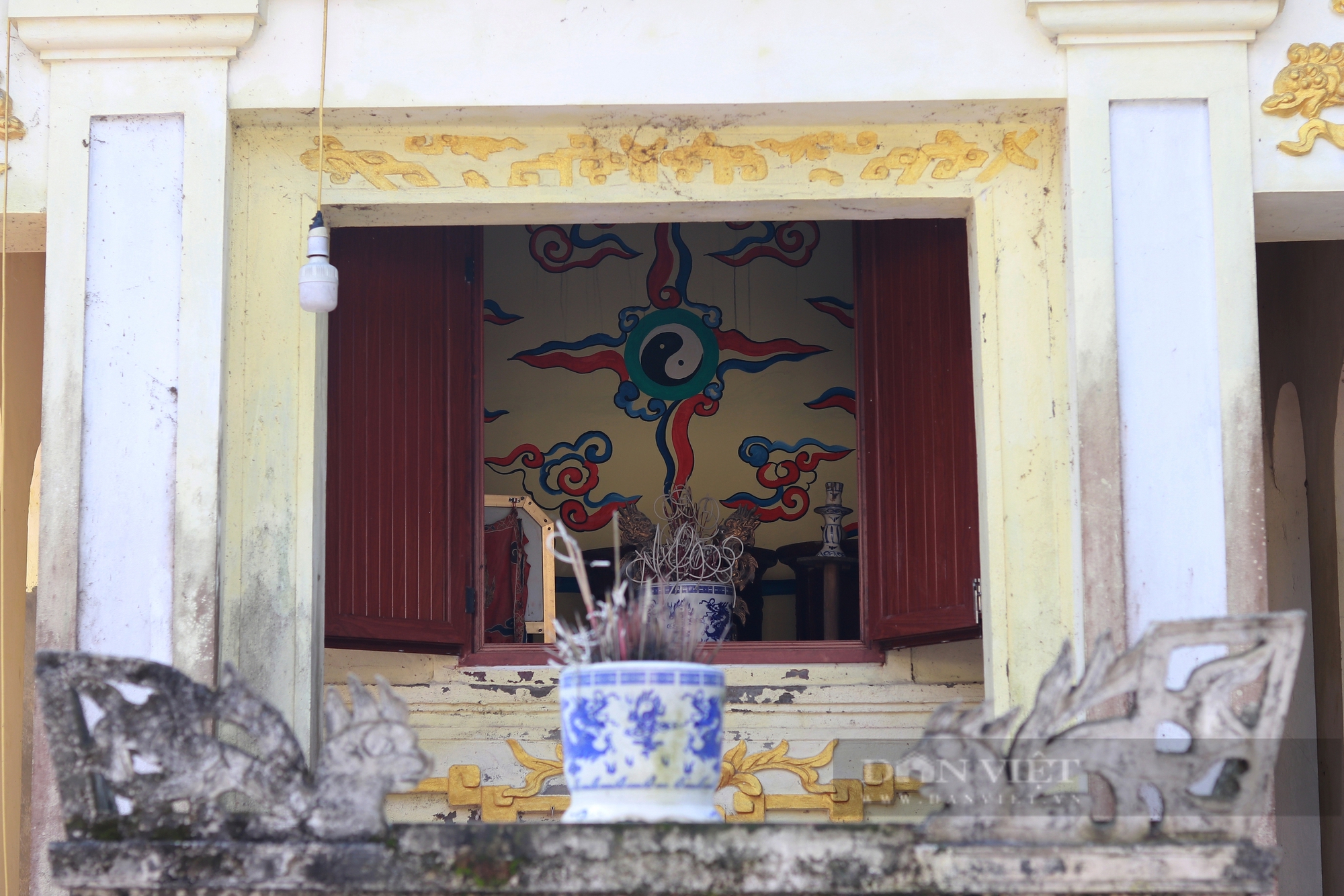
The image of Tam Lang Long Vuong, the worship of snake gods and water gods in the minds of ancient Vietnamese people in general and the land of Thach Hung, Ha Tinh in particular, has been sanctified into guardian gods for the residents of Kinh Ha, Thach Hung, where the local residents considered the gods worshiped at Kinh Ha village temple as village guardian gods under the protection of the ancient feudal regime through royal decrees with the title of Supreme God. Photo: PV
Kinh Ha Temple was built at the beginning of the Nguyen Dynasty in Kinh Ha village, now in Tien Hung quarter, Thach Hung ward, Ha Tinh city. The temple was born in the context of the strong development of water god worship in the ancient Vietnamese agricultural community, to meet the spiritual needs of people living in the river area. Over time, the temple has undergone many restorations, specifically in 1919, 1921 and 1929 under the reign of King Khai Dinh and King Bao Dai, to preserve its majestic beauty and strengthen its structure against the changes of nature and history.
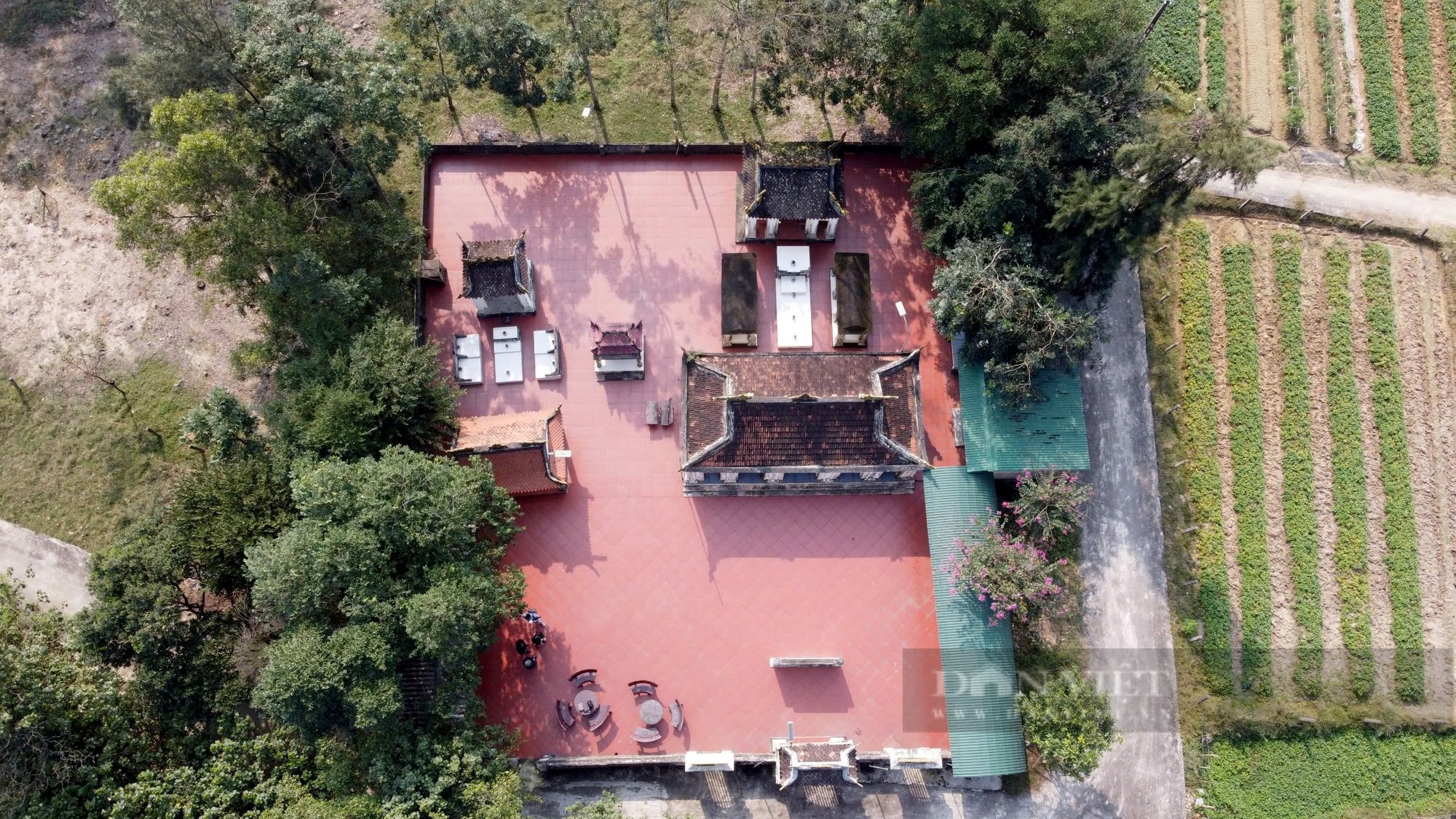
Kinh Ha Temple was built in the early Nguyen Dynasty. Photo: PV
Mr. Nguyen Cong Tu-Thu from Kinh Ha Temple said: "Kinh Ha Temple worships the Snake God as the village's tutelary god, a very primitive form of belief of the indigenous people associated with the worship of the water god - Dragon King of the ancient Vietnamese. The people of Kinh Ha village have brought the legendary model of popular belief as their spiritual property. This is the integration into the spiritual life and common spiritual consciousness of the whole nation and also affirms the strong vitality of spiritual life as a key factor and consolidation of the village community.
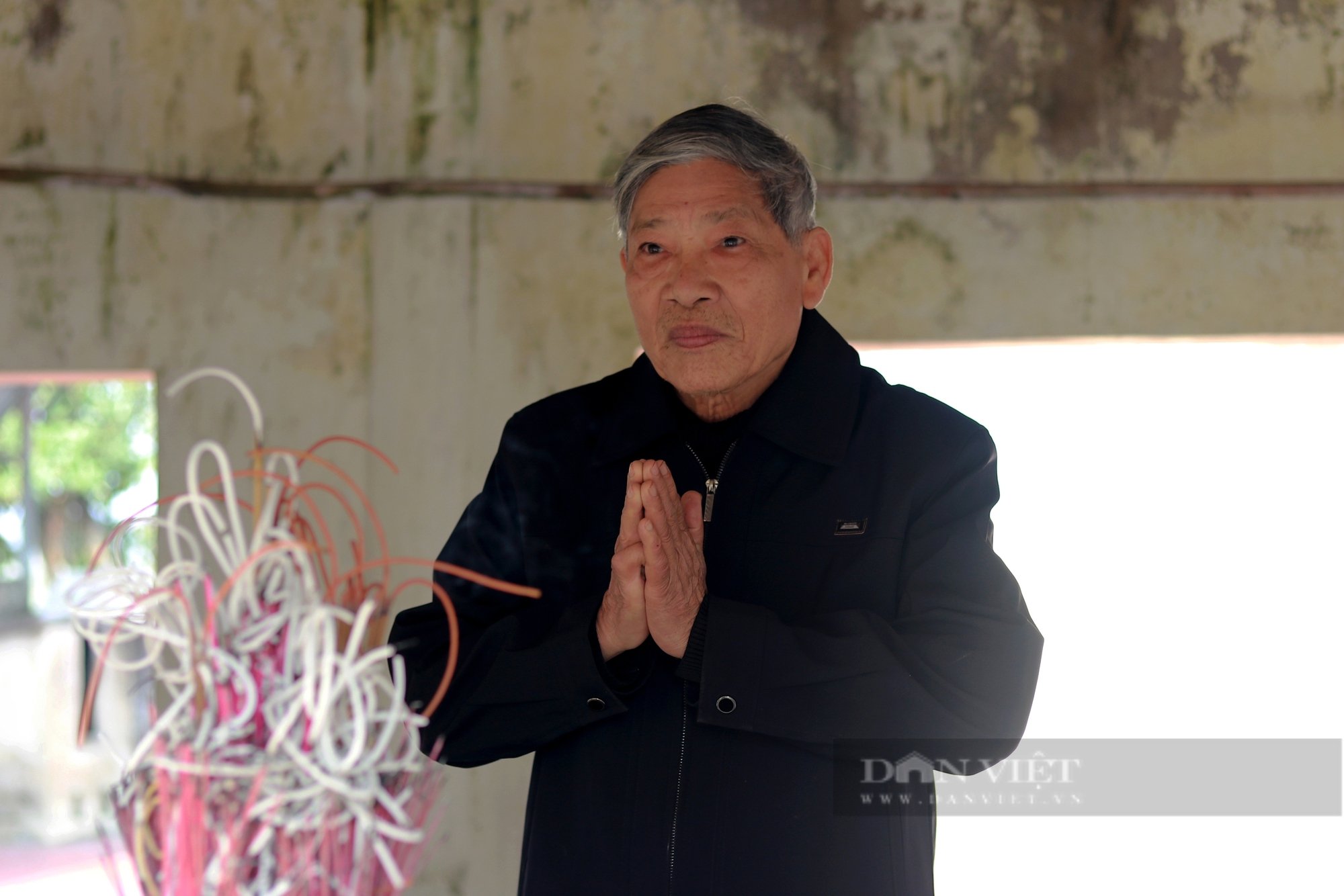
Mr. Nguyen Cong Tu-Thu from Kinh Ha Temple. Photo: PV
The village guardian spirit of Kinh Ha village was selected by the feudal state and appointed as a guardian deity to guard the village. Previously, Kinh Ha village temple had 9 royal decrees, during the reigns of King Thanh Thai, Khai Dinh and Duy Tan. According to the elders of Kinh Ha village, these decrees were lost or burned during the war against the US. In the annual funeral oration at Kinh Ha temple, the Snake God - the three Dragon Kings worshiped as angels at Kinh Ha village temple is the Supreme God.
Kinh Ha Temple has an ancient architecture, including the Upper Temple, Lower Temple, the system of three gates, the main gate, the left and right houses, the outdoor altar, the kitchen and the stele with the names of martyrs. The Upper Temple is the place to worship angels and gods, in which the most prominent is the Snake God - Dragon King, revered as the Supreme Supreme God. This is the spiritual center of the whole region, where unique cultural and historical values are preserved.
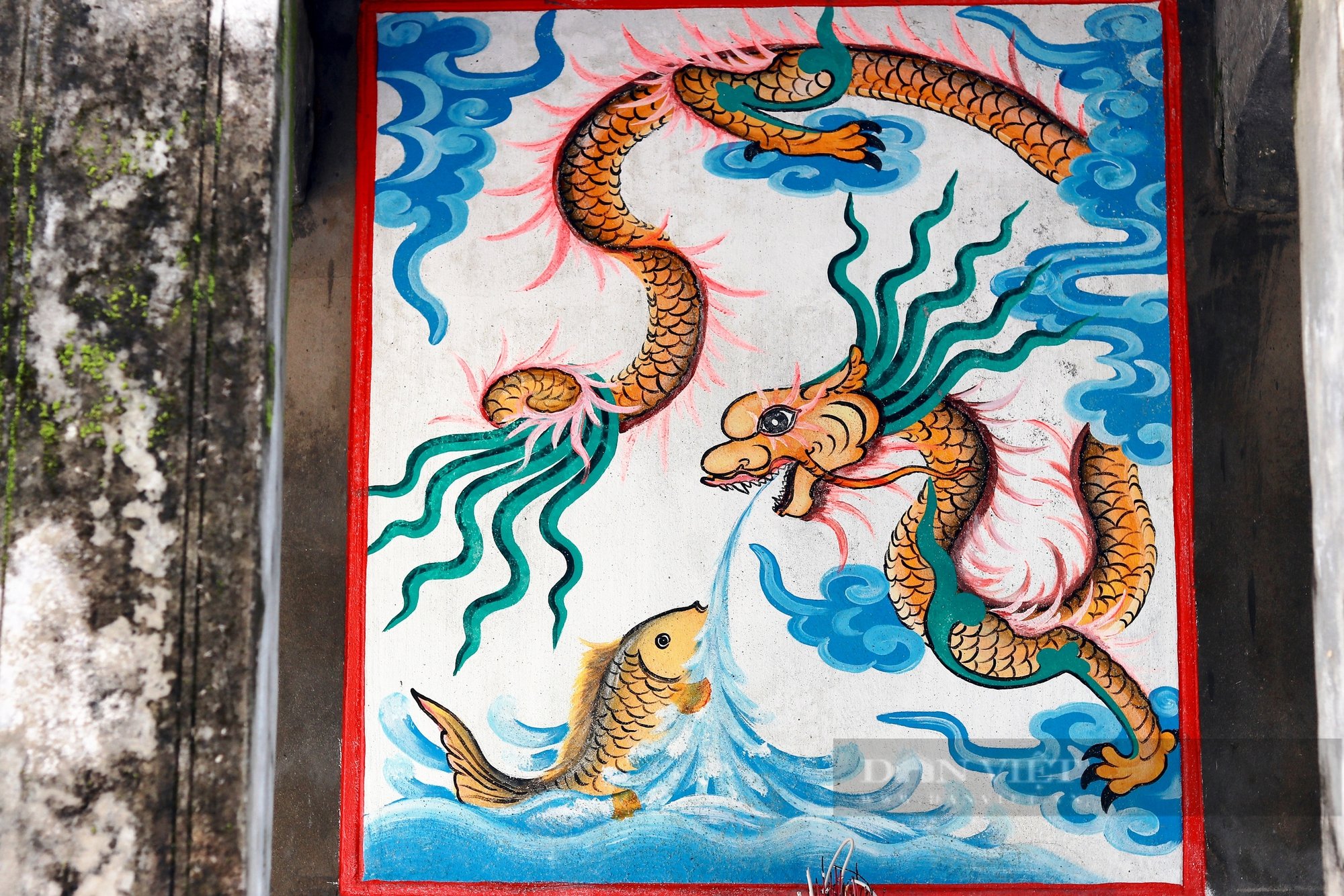
The main shrine worships the Snake God - Dragon King (Water God), a long-standing belief of agricultural residents associated with the worship of the Snake God and the River God with the wish for favorable weather and wind. Photo: PV
Every year, Kinh Ha Temple holds two major festivals: Khai Ha Festival on the 7th day of the first lunar month and Ky Phuc Luc Nguyet Festival on the 15th day of the 6th lunar month. Khai Ha Festival opens the new year with solemn rituals such as palanquin procession, incense offering and lion dance, praying for favorable weather and bountiful crops. Ky Phuc Luc Nguyet Festival is an occasion to pray for peace for the whole village, with special activities such as Chau Van singing, folk art performances and expressing gratitude to the gods. Both festivals attract a large number of people and tourists from all over the world, creating a vibrant and communal atmosphere.
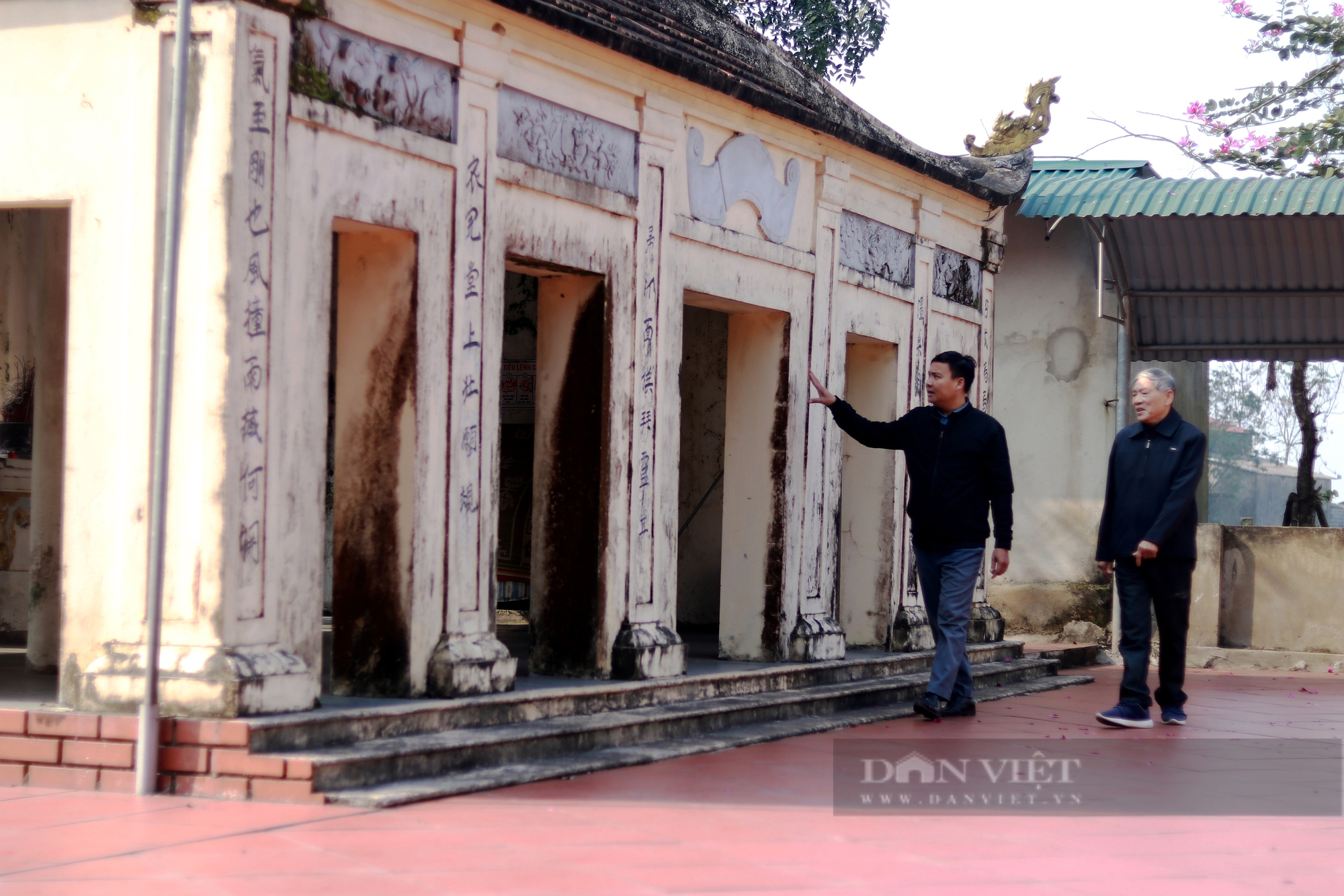
Kinh Ha Temple is very sacred, attracting a large number of pilgrims every year. Photo: PV
It is known that Kinh Ha Temple has 9 royal decrees of the Nguyen Dynasty Kings, but due to time, natural disasters, and wars, there are still 3 royal decrees (copies) of the dynasties: Royal decree of King Thanh Thai, 6th year, 9th month, 25th day of 1894; Royal decree of King Duy Tan, 3rd year, 8th month, 11th day of 1909; Royal decree of King Khai Dinh, 9th year, 7th month, 25th day of 1924.
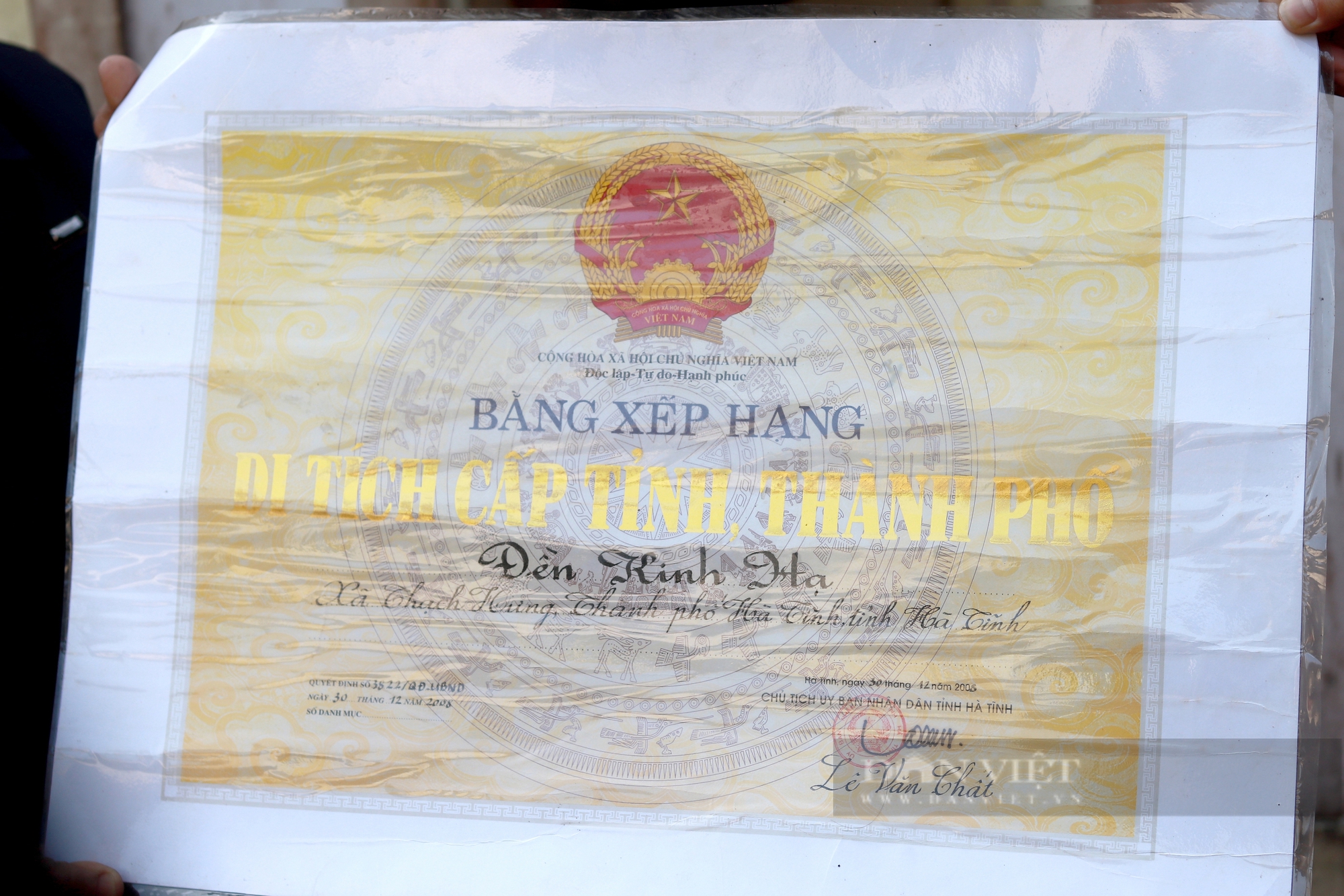
Kinh Ha Temple is a historical and cultural work with architectural and artistic value. It is a large-scale temple that was granted a Certificate of historical and cultural relic ranking by the People's Committee of Ha Tinh province in 2008. Photo: PV
Kinh Ha Temple is not only a place to preserve spiritual values but also plays an important role in preserving and promoting traditional culture. This is where cultural exchange activities take place, teaching long-standing customs and practices, arousing national pride and a sense of responsibility for the homeland's heritage. Through festivals and rituals, local people have contributed to reviving cultural beauty, creating connections between generations.
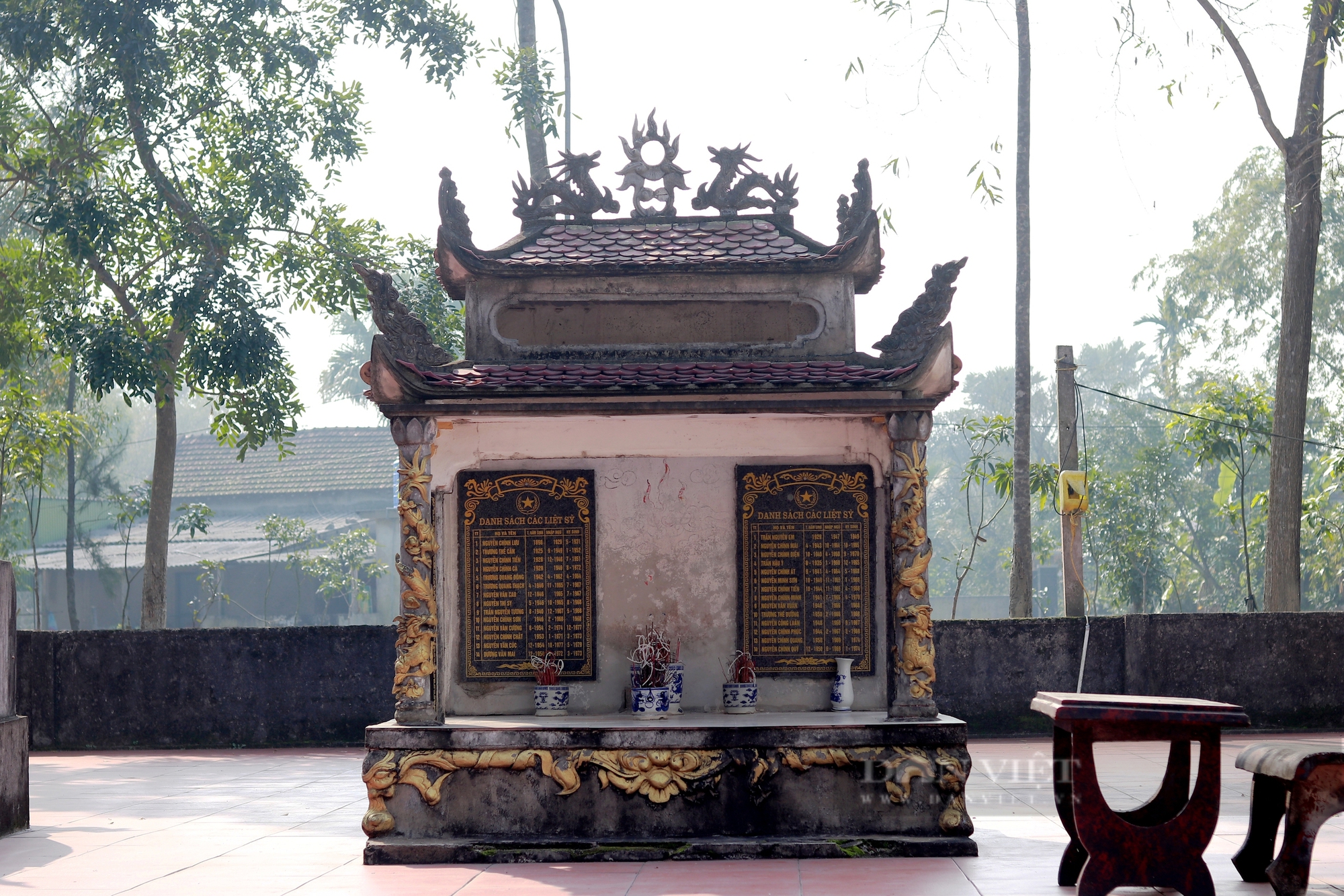
Memorial stele for martyrs. Photo: PV
Kinh Ha Temple is a living testament to the enduring vitality of Vietnamese folk culture and beliefs. As a center of belief and spiritual support, the temple not only preserves precious historical values but also continues to promote the role of spiritual connection and traditional education for future generations. This is a priceless cultural asset of Ha Tinh in particular and the Vietnamese people in general.
Source: https://danviet.vn/mot-ngoi-den-co-linh-thieng-tho-than-ran-lam-thanh-hoang-lang-o-ha-tinh-2025012413040136.htm


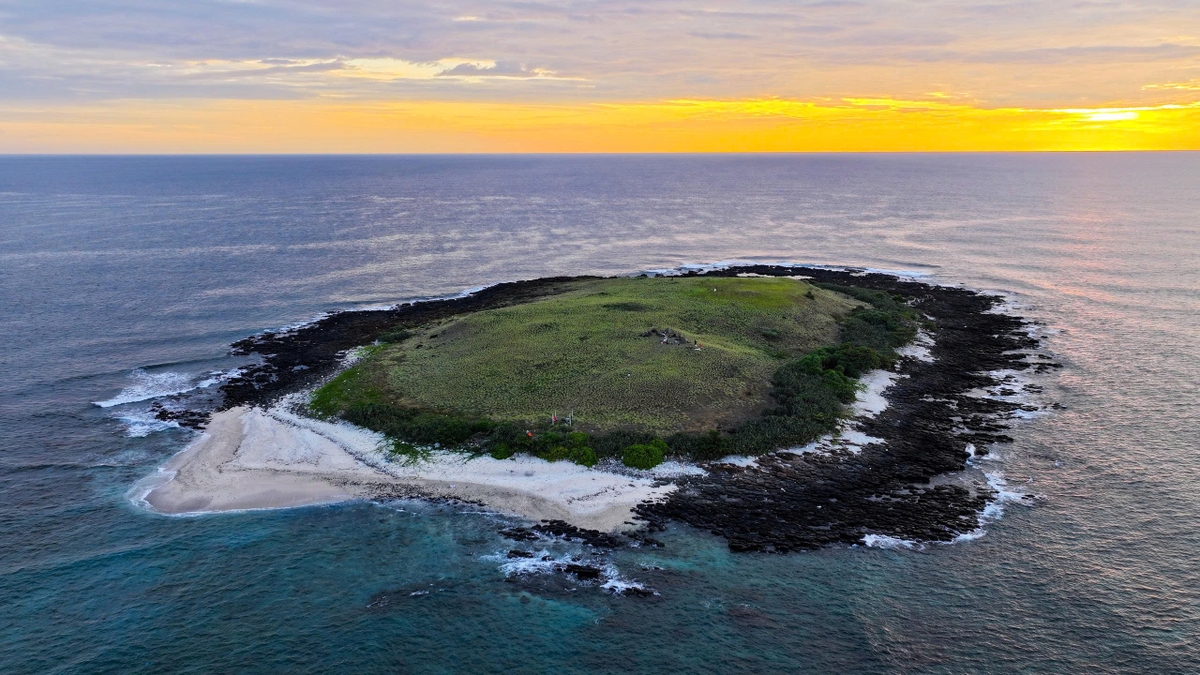





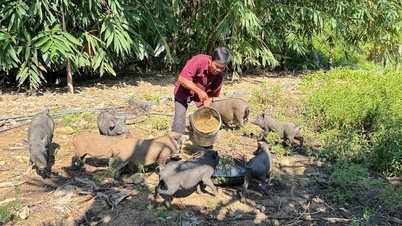



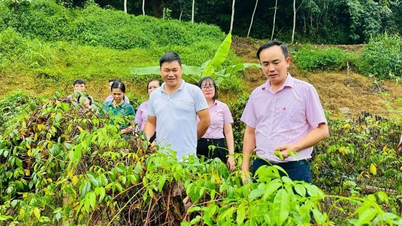
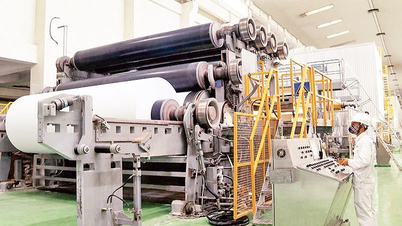

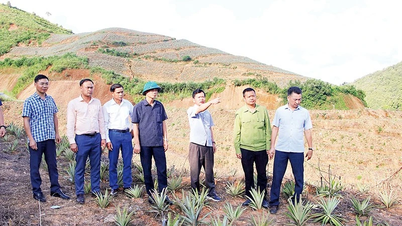




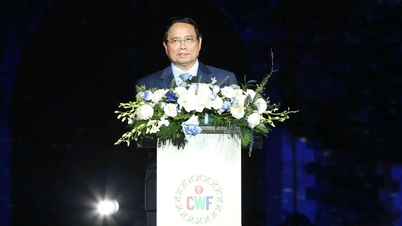
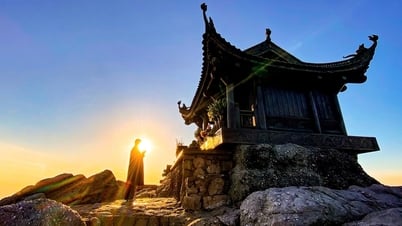
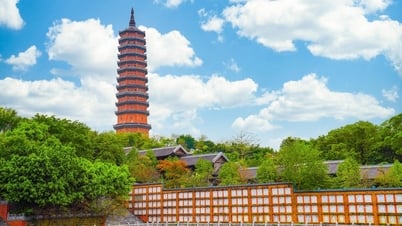

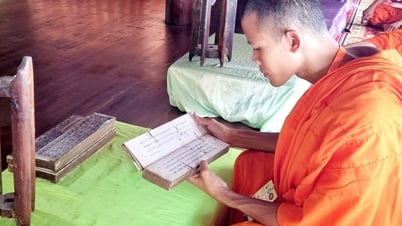
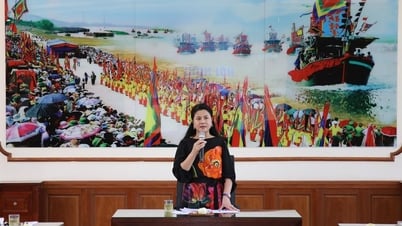
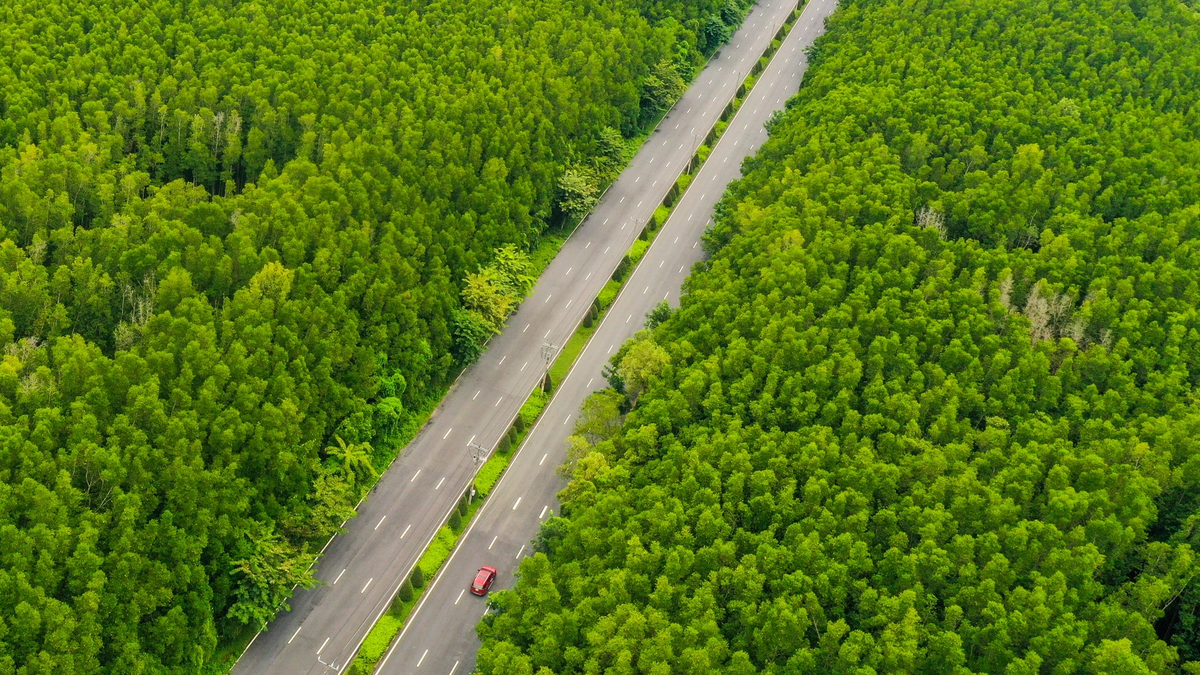


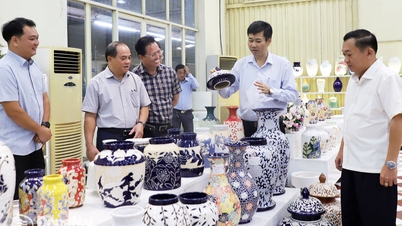











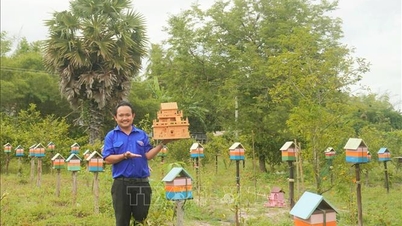



















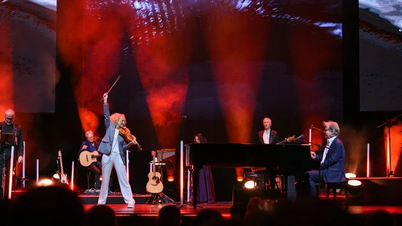



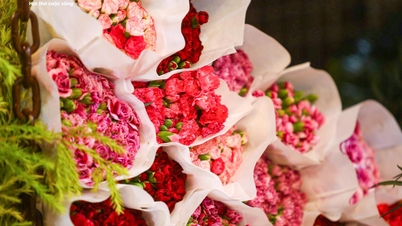


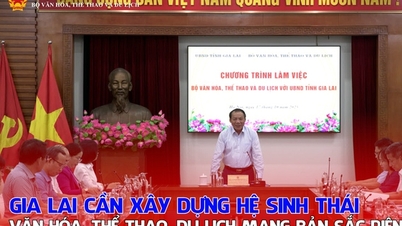






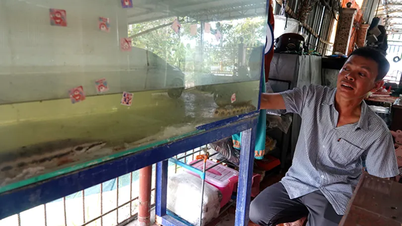





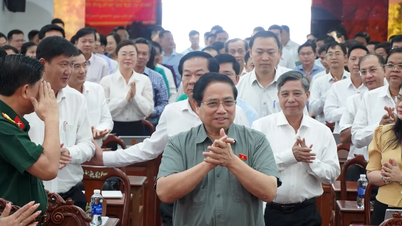
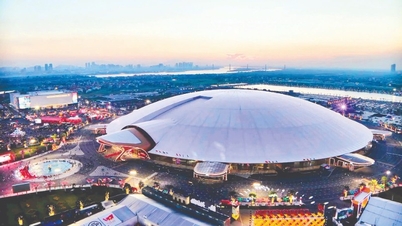

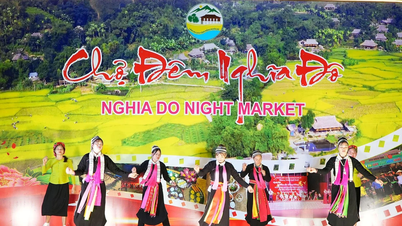











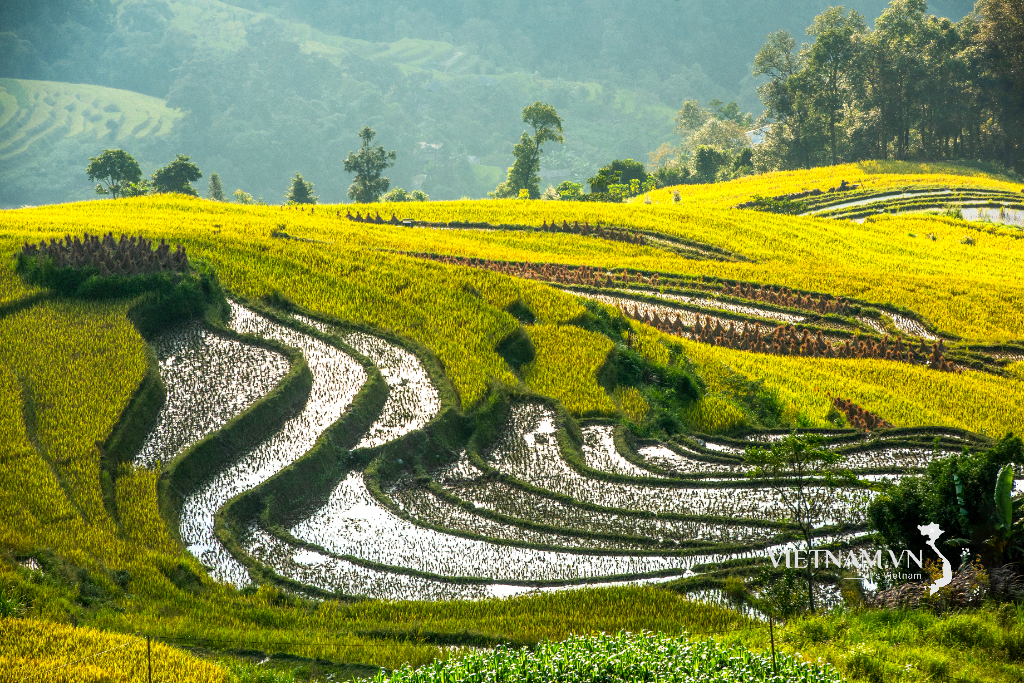


Comment (0)